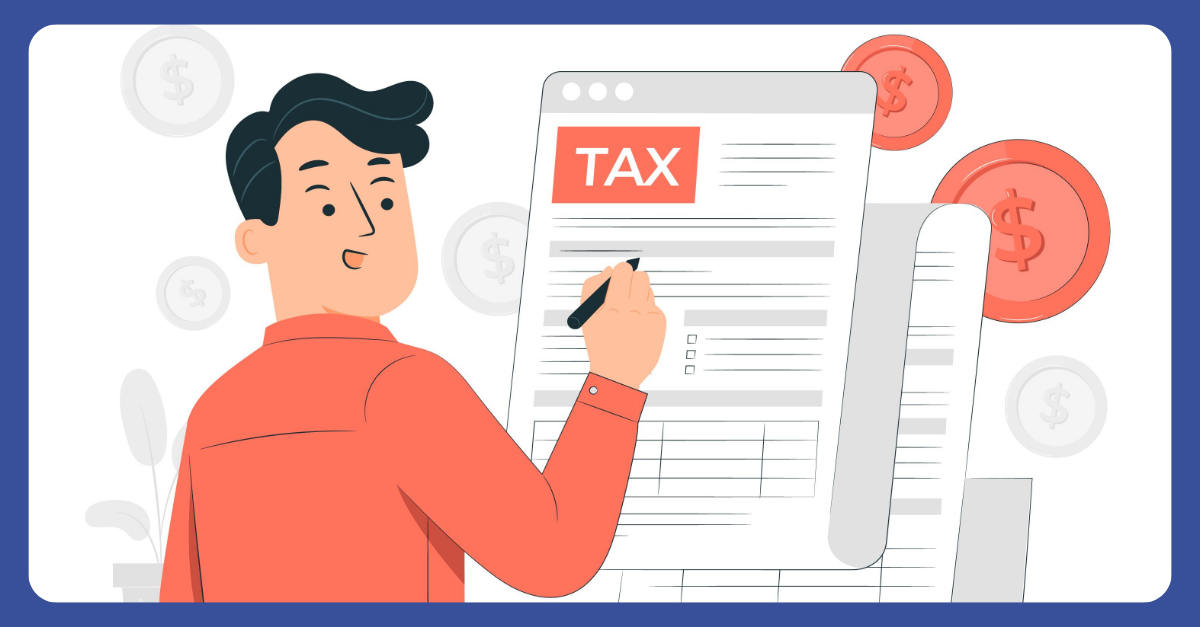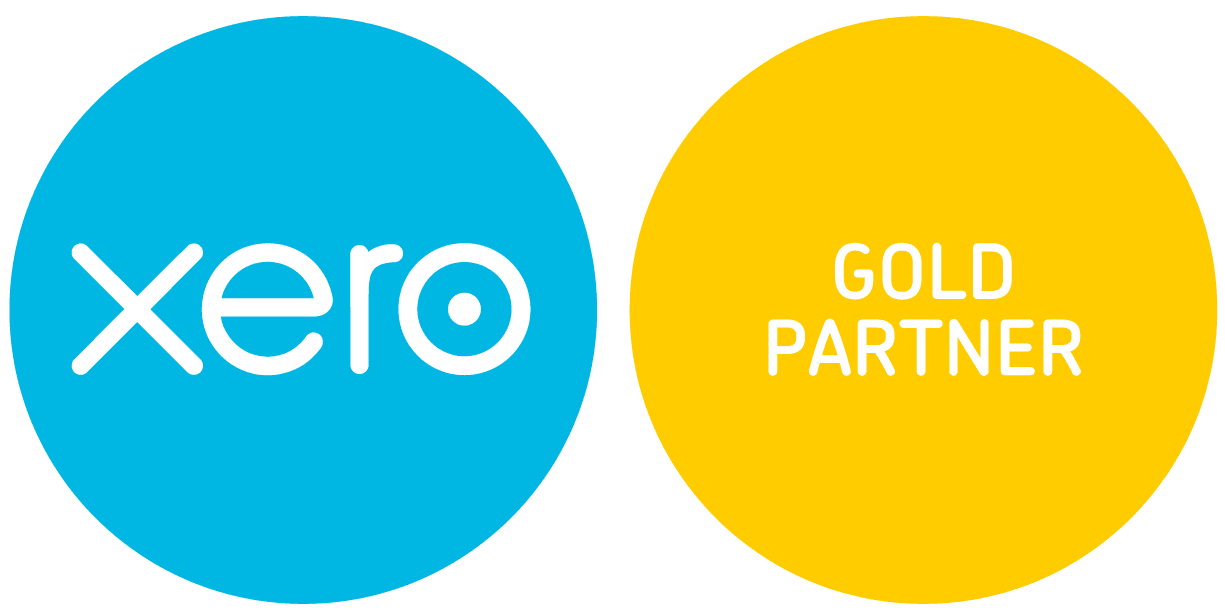Tax planning for smarter financial decisions

With 30 June approaching, it’s important to review your business’s performance and gain a clear understanding of:
- Taxation position and ongoing taxation commitments
- Business profitability
Taxation commitments for many businesses – including tax instalments – can have a major impact on their cashflow. Understanding when the commitments will fall due and making any adjustments if your business profitability has changed compared to previous years can help a business to manage its cash flow.
In addition, the business profitability is often used by other parties such as financiers assessing lending and other requirements. Even if you are not looking at obtaining or refinancing in the next 12 months, financers look at multiple year results. For example, the business’s 2025 financial results may affect your ability to obtain finance until after the 2027 year.
Should I spend money to save tax?
We always advise against spending money to get a tax deduction, unless you need to.
If you spend $1,000 on a deduction, whilst that may increase your tax refund (or reduce your potential tax bill), you do not receive the full amount of $1,000 back. It will only save you tax at your marginal or business tax rate. For example, a business whose tax rate is 25%, spending $1,000 will reduce their tax by $250, that is after tax it has cost the business $750.
Business tax planning opportunities: income and expenses
Most businesses are taxed on income when it is invoiced. Some small businesses may be taxed only when income is received. Income from construction contracts is generally taxed when progress payments are invoiced or received.
Subject to cash flow requirements, consider deferring income until after 30 June, especially if you expect lower income in the next financial year.
Buying assets costing less than $20,000 (note this may reduce back to the $1,000 threshold based on the federal government’s most recent budget) can be written off in the same year. Small businesses planning major purchases or replacements of capital equipment should contact us for advice, as depreciation is often calculated on a days owned basis.
Employer and/or self-employed superannuation contributions must be paid to, and received by, the superannuation fund before 30 June and must be within the contributions cap (generally $30,000 per individual). Accordingly, please ensure superannuation payments are made by 20 June 2025 to ensure they are received by the super fund.
Small businesses (with turnover less than $2 million) can claim expenses prepaid up to 12 months in advance while for larger businesses, this is generally limited to expenses below $1,000.
Review trading stock in the lead-up to 30 June to identify any adjustments to be made to its carrying value. Best practice is generally to write off any obsolete or damaged items, value stock at the lower cost or market selling value.
Wages paid to your spouse or family members must be reasonable for the work performed. Any bad debts must be written off in your accounts before 30 June.
Personal income, deductions and tax offsets
If you expect lower income next year due to retirement or any other reason, consider deferring income until after 1 July, when you will be in a lower tax bracket. If you are a primary producer and you expect a permanent reduction in income, you might consider withdrawing from the income averaging system.
Subject to cash flow requirements, set term deposits to mature after 1 July, rather than before 30 June. This will delay income reporting into the next financial year and any tax payable attached to this.
Consider realising capital losses if you have already realised capital gains on other assets. Conversely, consider realising capital gains if you have unrecouped capital losses, or you expect substantially higher income in the next year.
Arrange for deductible donations to be grouped in the higher income year and place all donations in the name of the higher income earner.
If you plan to purchase income-producing assets, consider acquiring assets that will generate positive cash flow in the name of the lower income earner. Conversely, consider acquiring negatively geared assets in the name of the higher income earner.
Superannuation contributions are generally taxed at 15% which may be significantly lower than your personal taxation rates. As superannuation is a large topic in itself, we will detail this further in a future article.
Please feel free to contact us if you have any questions or require further guidance.



